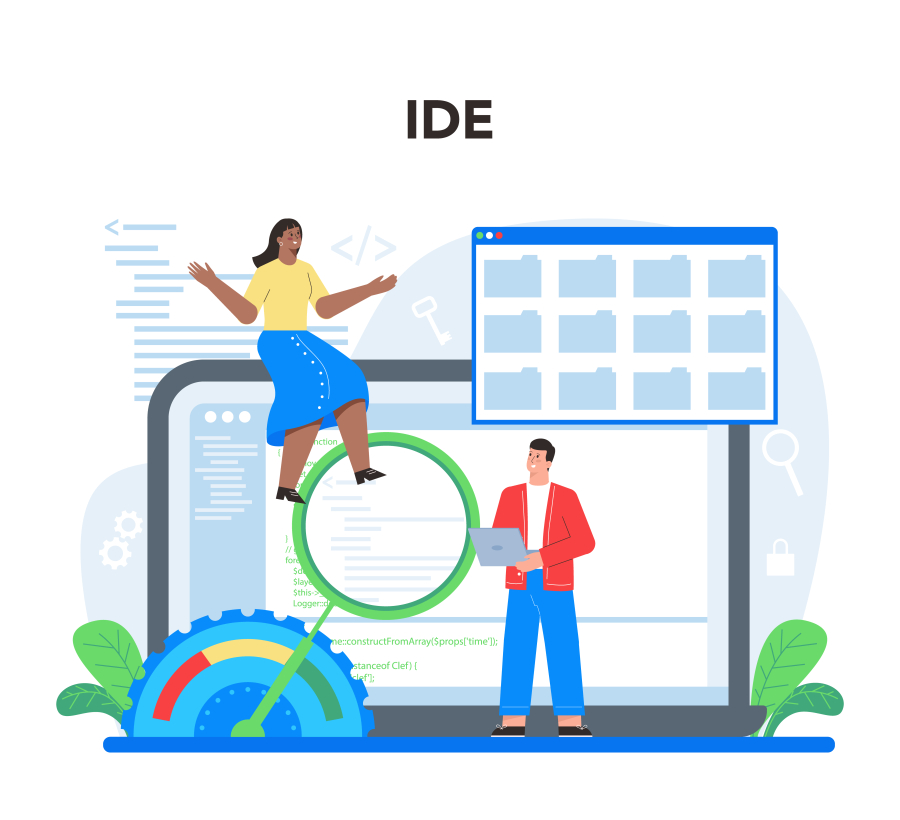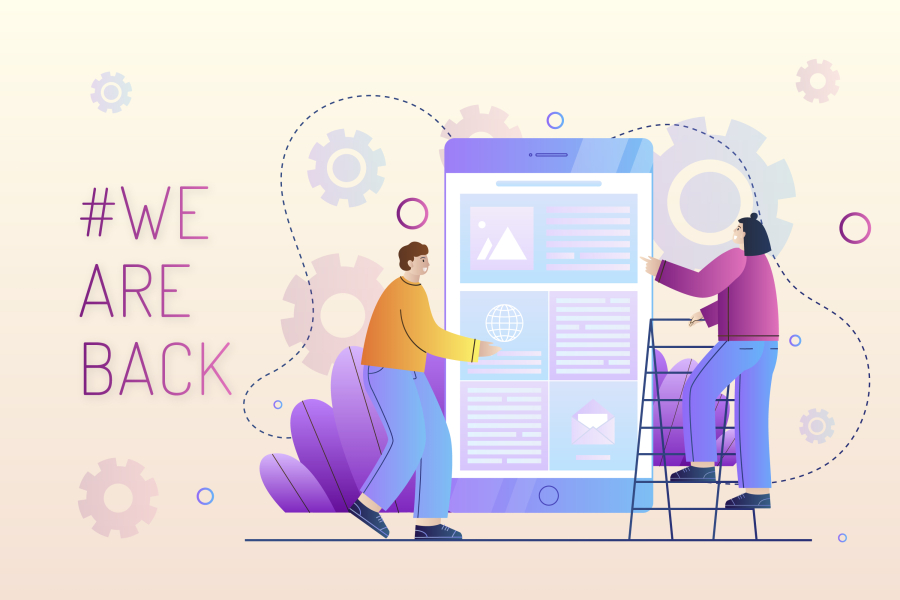AI-Driven Research: Freelance Opportunities in Predictive Modeling
In today’s rapidly evolving scientific and technological landscape, AI-driven research has become a cornerstone for predictive analytics across industries. For freelancers, predictive modeling offers a unique opportunity to work on cutting-edge projects, leverage advanced algorithms, and contribute to solving real-world problems. As industries—from healthcare to finance, climate science to engineering—seek accurate forecasts and data-driven decision-making, freelance AI professionals are in high demand.
On FreelancerBridge, we focus on connecting skilled professionals with innovation-driven projects. This article explores how freelance experts can thrive in predictive modeling, the industries they can target, skills they need, and strategies to build a competitive edge in the market.
Long Description
1. Understanding Predictive Modeling in AI
Predictive modeling uses machine learning, statistical algorithms, and historical data to forecast future outcomes. It’s not just about crunching numbers; it’s about turning raw data into actionable insights.
Key AI techniques include:
Regression Analysis – Predicting continuous outcomes.
Classification Models – Categorizing data points for decision-making.
Time Series Forecasting – Tracking trends over time.
Neural Networks – Deep learning for complex predictions.
Freelancers specializing in these areas can work with multiple industries, offering flexible and innovative solutions without the restrictions of full-time employment.
2. Why Predictive Modeling Is a Growing Freelance Field
The freelance market for predictive modeling is expanding because:
Companies prefer specialized talent for short-term projects rather than hiring full-time staff.
AI tools like TensorFlow, PyTorch, and Scikit-learn have become more accessible.
Industries are becoming increasingly data-driven and require customized forecasting models.
Market Examples:
Healthcare: Predicting disease outbreaks and patient readmission rates.
Finance: Risk assessment and fraud detection.
Retail: Inventory optimization and sales forecasting.
Environmental Science: Climate change projections and resource management.
3. Key Skills for Freelance Predictive Modelers
To succeed as a freelancer in this domain, focus on mastering:
Machine Learning & AI Frameworks – TensorFlow, PyTorch, Keras.
Statistical Analysis – R, Python, SAS.
Data Cleaning & Preprocessing – Pandas, NumPy.
Visualization Skills – Matplotlib, Seaborn, Power BI.
Domain Expertise – Understanding the industry you serve is critical.
Pro Tip: Having a niche focus (e.g., predictive modeling for climate research) makes your services more valuable and easier to market.
4. Building a Strong Freelance Profile in AI Predictive Modeling
To stand out on platforms like Upwork, Toptal, or FreelancerBridge, ensure that you:
Showcase past projects with measurable results.
Highlight certifications in AI and data science.
Demonstrate industry knowledge relevant to your target clients.
Publish case studies on LinkedIn or your portfolio site.
5. Popular Tools & Platforms for Freelancers
Freelance AI professionals in predictive modeling should be proficient in:
Programming Languages: Python, R, Julia.
Data Science Platforms: Kaggle, DataCamp.
Cloud AI Services: AWS SageMaker, Google AI Platform, Azure ML.
Collaboration Tools: GitHub, GitLab for version control.
6. Finding Freelance Opportunities
Some reliable ways to find projects:
Freelance Marketplaces: Upwork, Fiverr, FreelancerBridge.
Networking in AI Communities: LinkedIn groups, AI conferences.
Cold Outreach: Contacting research institutions and startups directly.
Hackathons & Competitions: Winning competitions on platforms like Kaggle can attract clients.
7. Pricing Strategies for Freelance Predictive Modeling Work
You can charge clients based on:
Hourly Rates: Ideal for ongoing projects.
Project-Based Pricing: Fixed cost for well-defined tasks.
Value-Based Pricing: Charging based on the measurable value you deliver.
Example: If your model saves a company $50,000 annually, you could justify charging a percentage of those savings.
8. Challenges and How to Overcome Them
Challenge 1: Managing large datasets.
Solution: Learn cloud computing and big data tools.
Challenge 2: Keeping up with AI innovations.
Solution: Take regular online courses and follow AI research journals.
Challenge 3: Data privacy regulations.
Solution: Understand GDPR, HIPAA, and industry-specific compliance rules.
9. Future Trends in AI Predictive Modeling for Freelancers
AutoML Tools: Automating model creation will speed up delivery times.
Edge AI: Running predictive models directly on devices for real-time insights.
Interdisciplinary Collaboration: AI merging with biotech, climate science, and other fields.
10. Steps to Get Started Today
Pick a Niche – Choose an industry that excites you.
Build a Sample Project – Use open-source datasets to create your first models.
Get Certified – Validate your skills with recognized credentials.
Launch Your Profile – Join freelance platforms and showcase your work.
Network Aggressively – Build relationships with potential clients and collaborators.
Conclusion
AI-driven predictive modeling is not just a tech trend—it’s a transformative force reshaping industries. For freelancers, it offers limitless opportunities to innovate, contribute to global challenges, and earn competitively while working on passion projects. By developing a strong portfolio, staying updated with AI advancements, and strategically marketing your skills, you can thrive in this dynamic and rewarding niche.


 by Emily
by Emily




